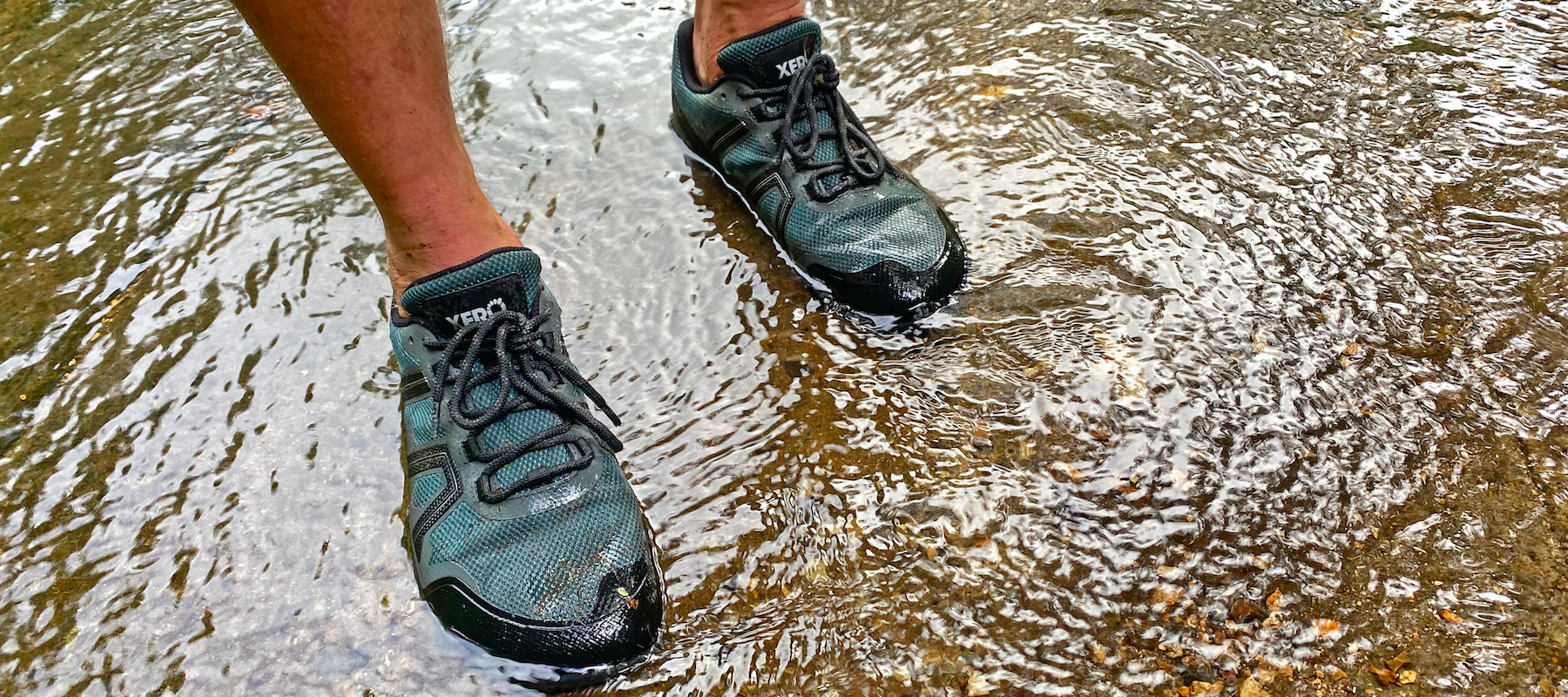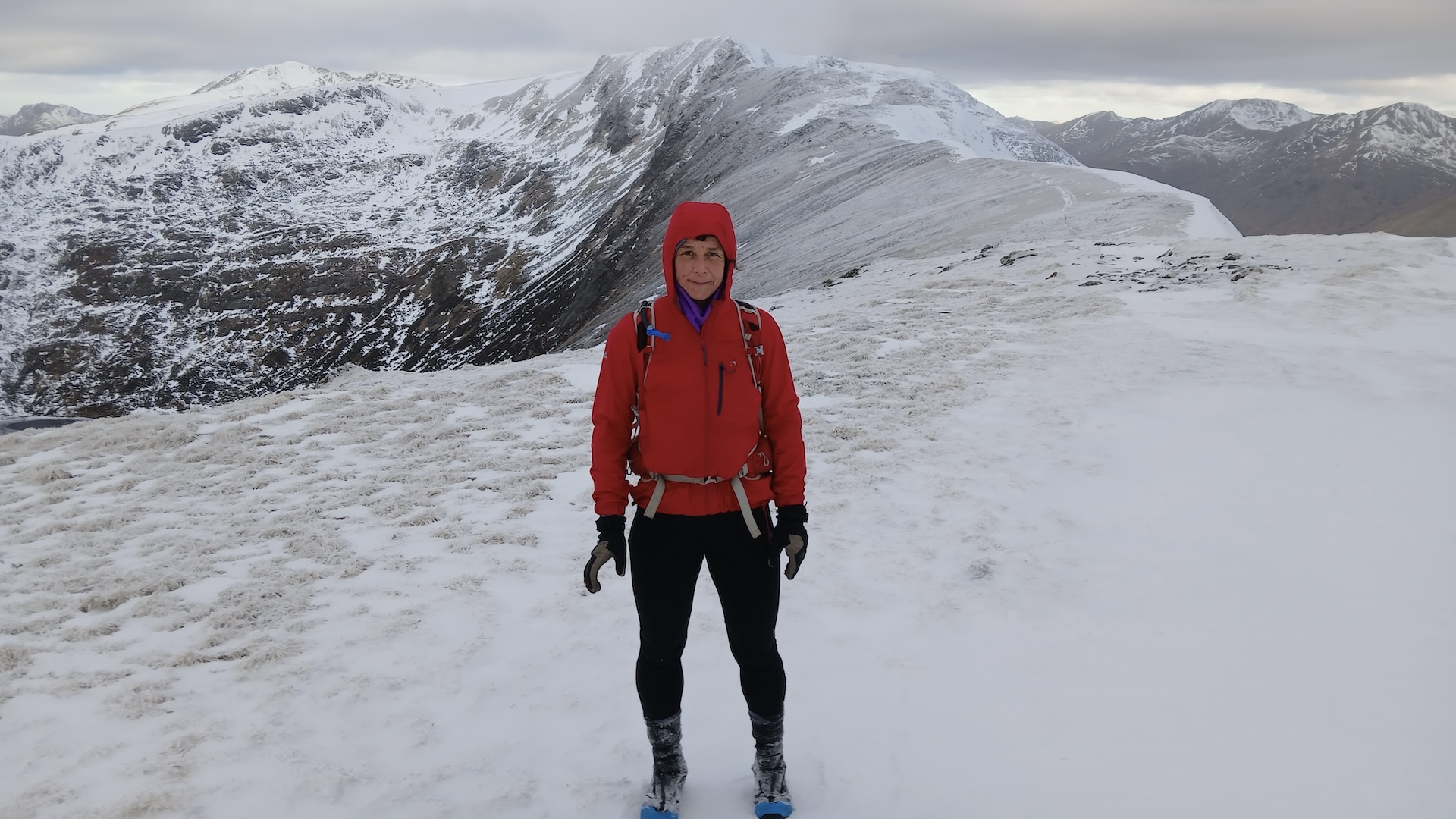Advnture Verdict
Although the Mesa Trail WPs share nearly all the good features of their close, non-juiceproof cousins, the addition of a waterproof membrane to an otherwise excellent minimalist barefoot shoe feels like misstep, reducing both breathability and engagement with natural conditions. Sadly, I’ve concluded that these are a well-intentioned but ultimately pretty pointless pair of shoes that keep the elements out, at the expense of the real barefoot experience.
Pros
- +
Removable insole
- +
Wide toe box
- +
Lots of trail feel
- +
Ultra light
- +
Waterproof
Cons
- -
Water that does get in can’t drain
- -
Stiff and coarse body material
- -
Not very breathable
- -
Uncomfortable on hard-packed terrain
You can trust Advnture
Xero Mesa Trail WP: first impressions
The barefoot shoe gurus at Xero have recently launched a waterproof version of their best-selling design, the Mesa Trail, for fans of minimalist barefoot running and hiking who want to hit the hills and forests in wet weather without getting their feet wet.
• List price: $140 (US) / £130 (UK)
• Weight (per shoe, men’s UK11): 272g / 9.6oz
• Drop: 0mm
• Colors: Green & Pine / Black
• Compatibility: Trail and fell running, hiking
The WP iteration of the Mesa Trail – which our best barefoot shoes reviewer rated very highly – is similar to the original, except it features a seam-sealed Xero Tex waterproof membrane that envelopes the entire foot, with a gusseted top and an integrated tongue to keep muck, grit and H2O on the outside (unless it breaches the top of the low-rider shoe, of course, but more about that later). The new shoe also features a hook at the front of the laces so you can add a gaiter for extra protection from the elements when you’re running or hiking on the really wild side.
All of this prompts one very obvious question: why has Xero launched a waterproof shoe? The answer, it appears, is that some barefoot runners don’t like getting their socks wet. And that begs a follow-up question: should you even be wearing socks with barefoot shoes?
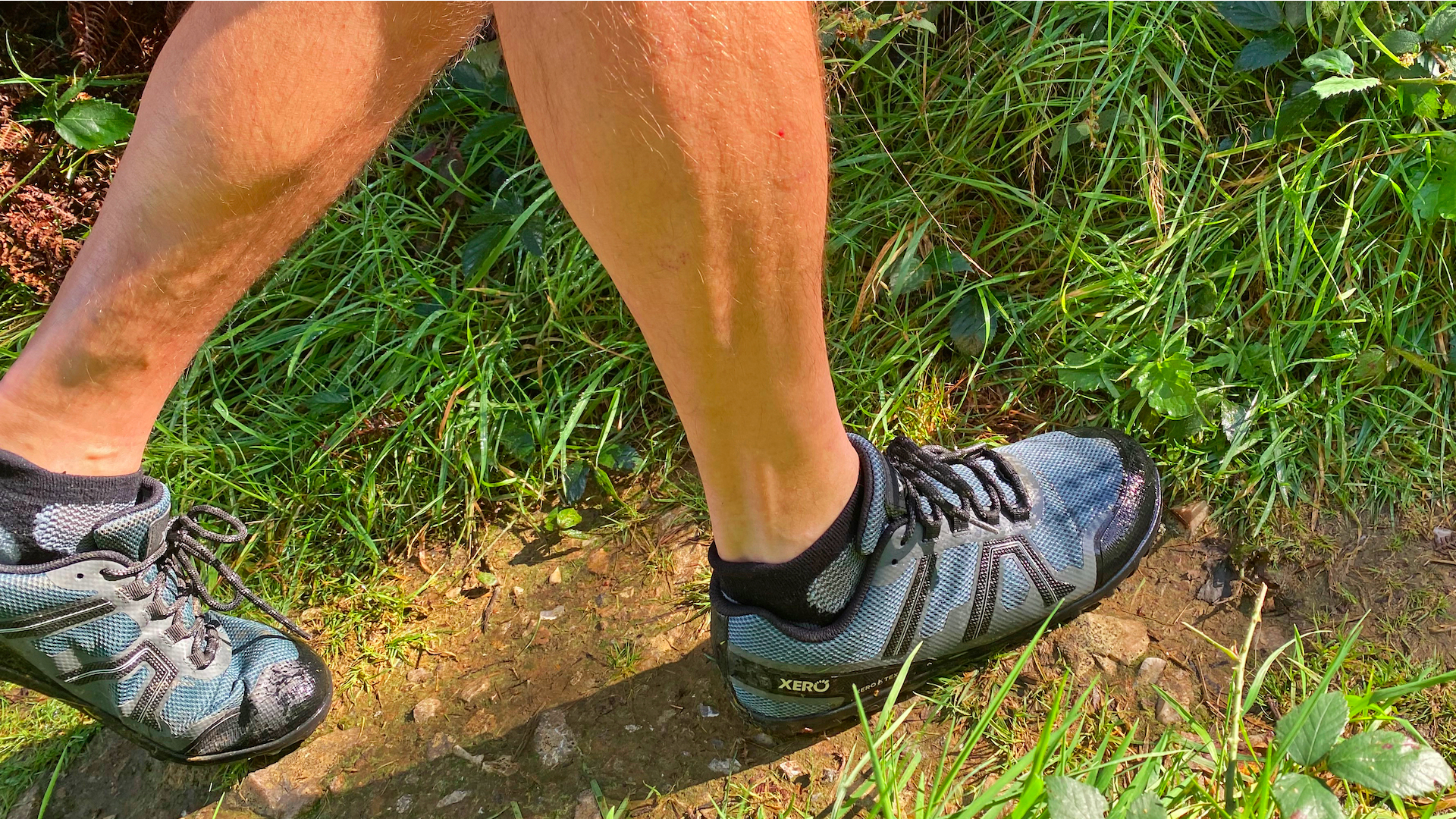
Of course, there’s no right or wrong answer to that poser – it’s subjective, and you can do what you like. Personally, I like barefoot running because of the heightened trail feedback you experience and the fact that it makes me think about every foot placement, thus connecting me more to the terrain (including the wet bits). I prefer to go sans socks when running in minimalist zero-drop shoes because any extra layers restrict my ability to spread my toes, which dampens the tactile element of the exercise. Sadly, taking this approach caused me some serious issues when I first tried these Xero Mesa Trail WPs shoes, but more about that below.
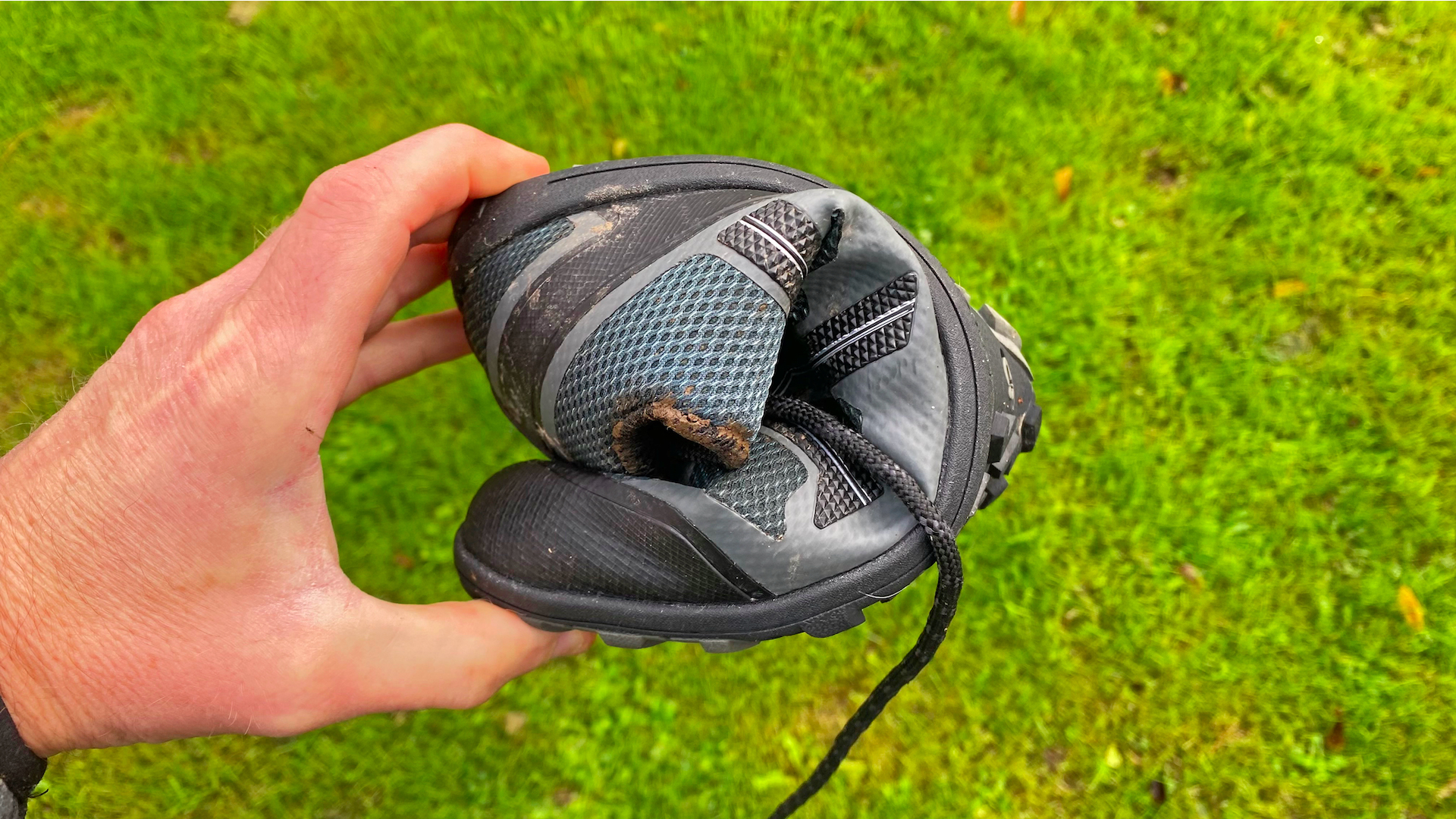
But let’s put the waterproofing credentials aside for the moment and have a look at the composition of this new shoe. The sturdy chassis is relatively robust and stiff compared to most barefoot shoes, possibly partially because of the addition of the waterproof membrane booty, and it features extra reinforcement around the toe box and along the sidewalls to offer an elevated amount of foot protection. The Xero Mesa Trail WP remains pleasingly lightweight, however, and it’s still far more flexible than your average trail shoe (you can bend it in half with one hand).
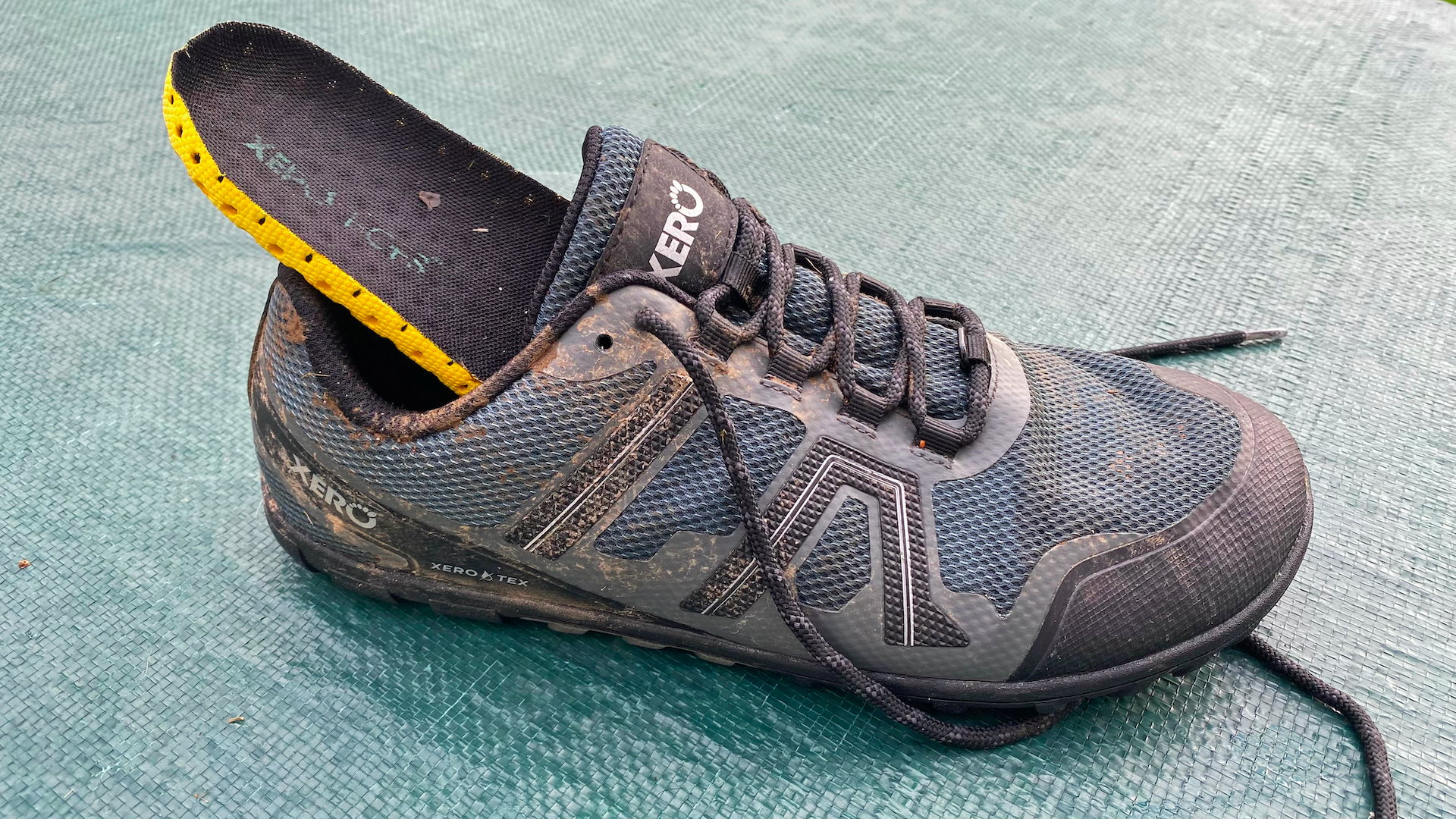
And speaking of shielding, although there’s no midsole as such, and certainly no rock plate – this being a barefoot shoe and all – the Xero Mesa Trail WPs do feature a 3.5mm-thick trail foam-layer insole that can be worn atop the outsoles to offer some cushioning when you’re running on unforgivingly lumpy underfoot terrain. This insole is easily removable, though, for those who want to enjoy a more authentic barefoot experience.
The toe box is lovely and wide, allowing the wearer plenty of room to spread their toes and really feel the terrain.
On the all-important underside, the outsole is armed with a dual-chevron tread to provide good grip in soft and slippery conditions. And as you would expect from any self-respecting trail shoe, the Xero Mesa Trail WP features an extra lace hole to prevent loss in seriously boggy conditions.
Xero Mesa Trail WP: on the trails
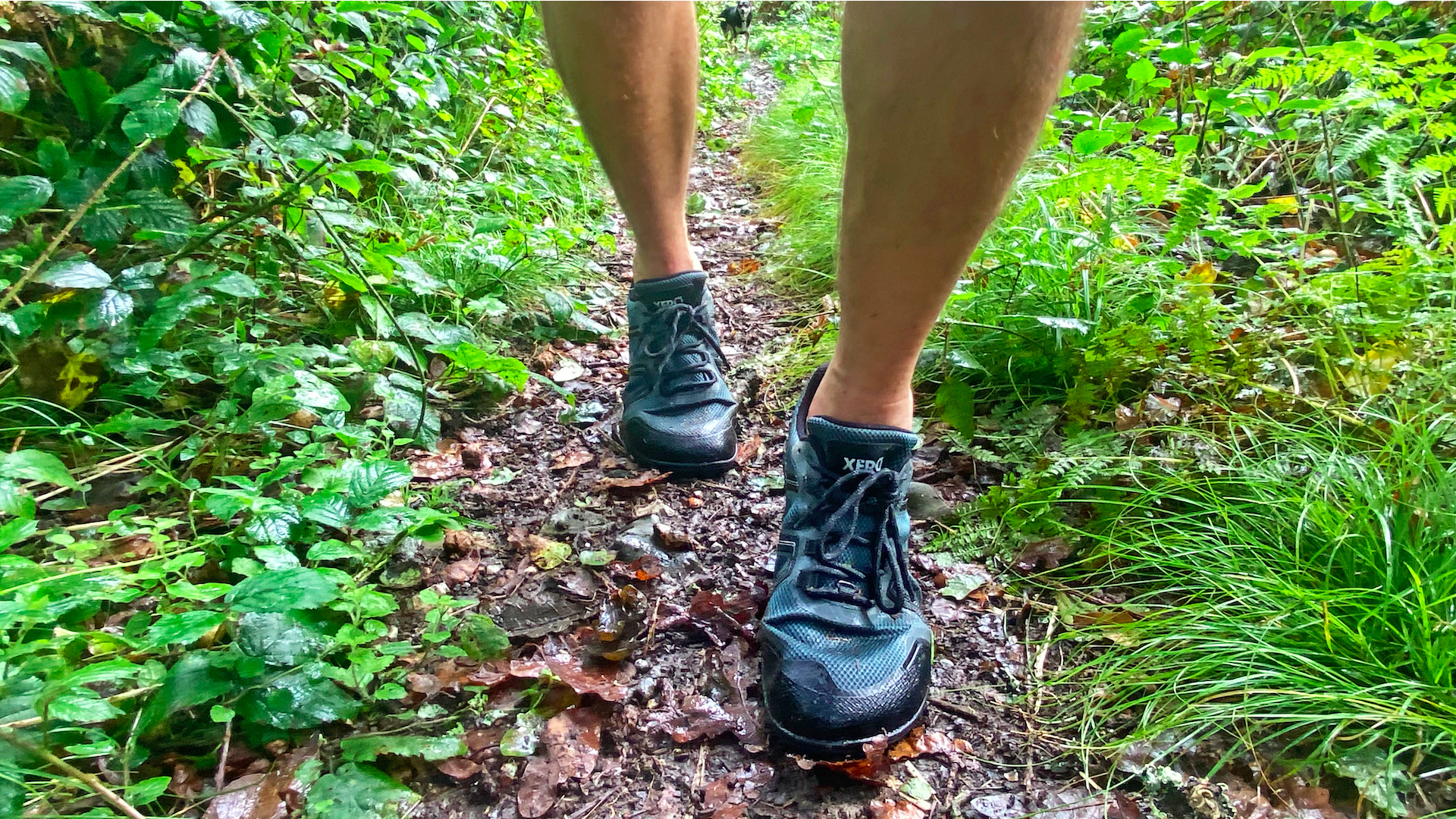
Unfortunately, I did not get off to a good start with the Xero Mesa Trails WPs. As mentioned above, I prefer to run without socks when wearing minimalist barefoot shoes, which is what I consider the Mesa Trail WPs to be. Sadly, I quickly discovered that going commando really isn’t an option with these shoes – unless you have rhino skin.
The gusseted collar rubbed a couple of coin-sized holes in my feet within the first 5km of my maiden run in them. Stupidly, I persevered through the pain to run home, and then I had to wait several weeks for my bark to grow back and harden sufficiently for me to forgive the Mesa Trail WPs, and try them again while wearing socks – after which I did not experience any further rubbing issues (but I also felt slightly less connected to the terrain).
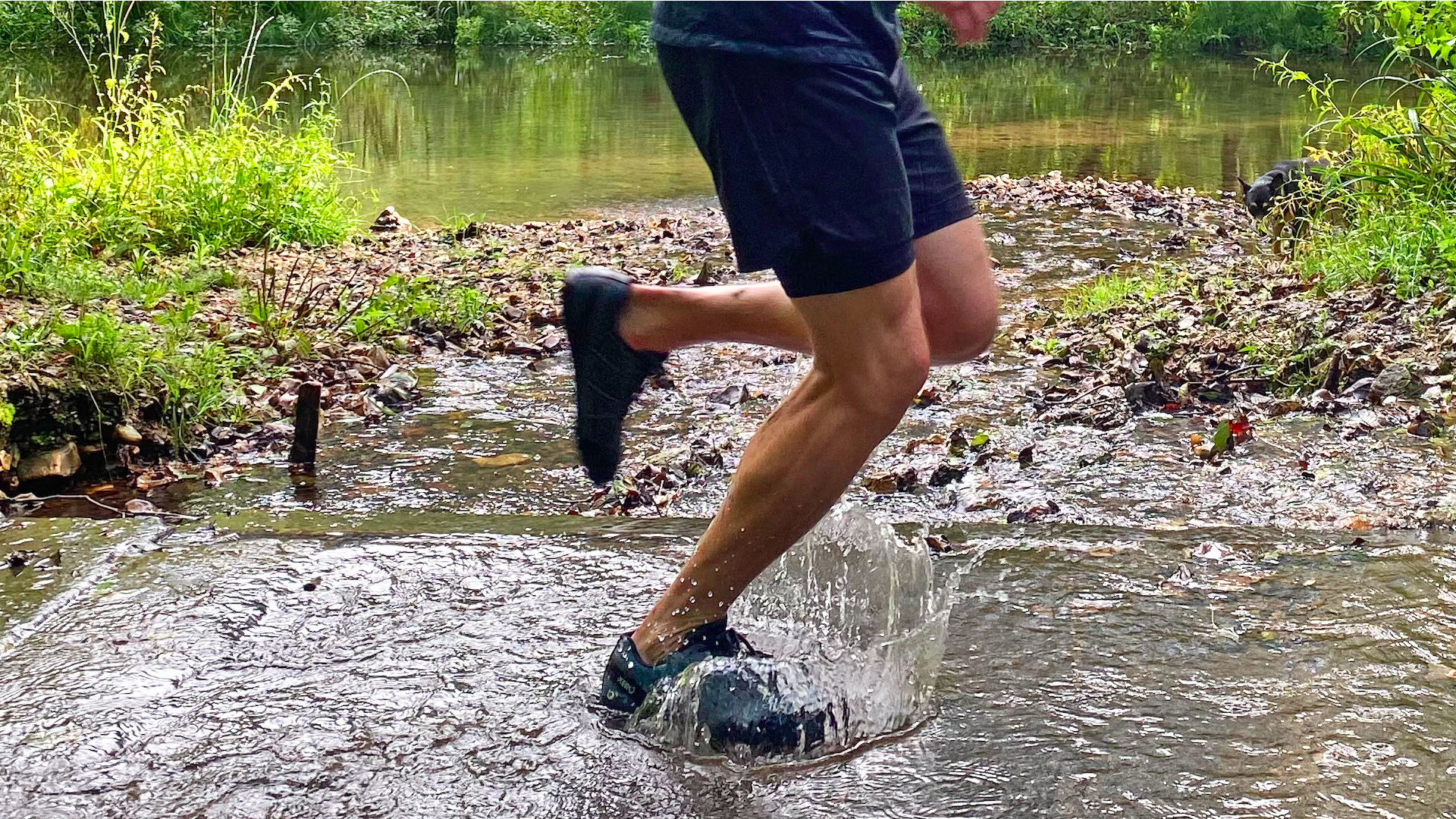
In all honesty, I can accept the fact that this initial issue was a user error/act of stupidity – because what would be the point of a waterproof trail running shoe, except to keep your socks dry? (And if you’re not wearing any… you basically remove the entire raison d'être of the shoe, because the human foot is more-or-less waterproof in its nude state). But, then again, I prefer trail running shoes that drain quickly, rather than ones that purport to keep water out altogether.
Because, even if you do wear socks and you really don’t want to get them wet for the duration of your outing, you would have to be running in a pretty specific set of circumstances to successfully avoid that happening in these shoes; the puddles and streams would need to be super shallow and the damp grass conveniently short, otherwise water will just find its way over the top of the low-slung collar, which skirts well beneath the ankle. And once trail juice does get into a waterproof shoe, it can’t get out. I really would rather have damp socks for an hour or two than to run around with a couple of sacks of water on my feet. But that’s me.
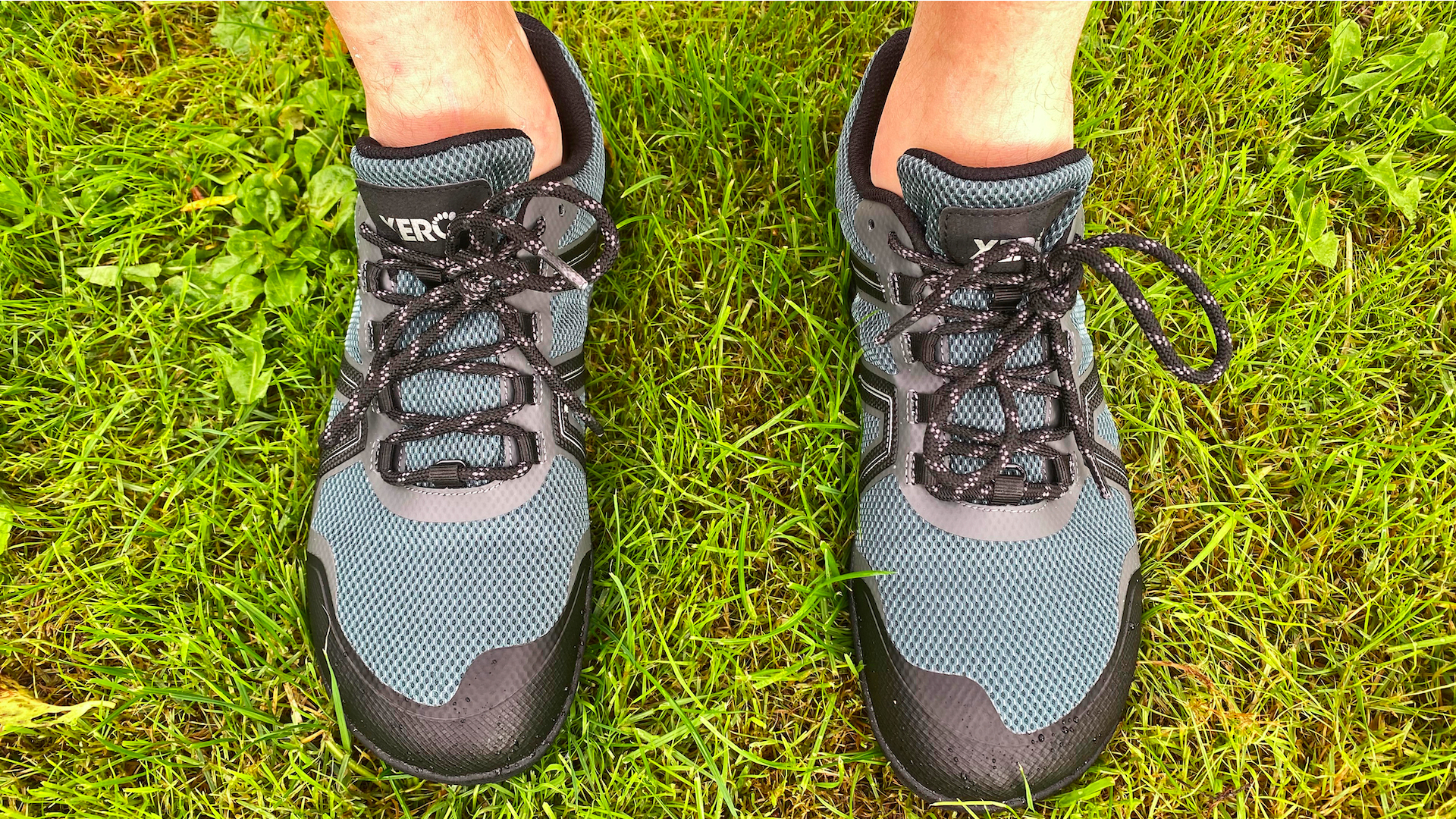
You can, of course, add gaiters to these shoes using the hoop at the front of the laces, which will provide a whole lot more protection. And to be fair, I can definitely see the logic of having a waterproof hoof when you’re heading off on a hike, where you’re likely to be out for hours and having soggy socks would be no fun (although I’d opt for a walking boot for such escapades, not least because you can get very good barefoot boots these days).
For running, though, when most people are only on the trail for an hour or two, I reckon engagement with the elements is part of the experience, especially for barefoot devotees, and contact with water is part of that. In addition, the membrane means these shoes run quite hot and they are less breathable than the standard versions, and therefore make your feet pretty sweaty.
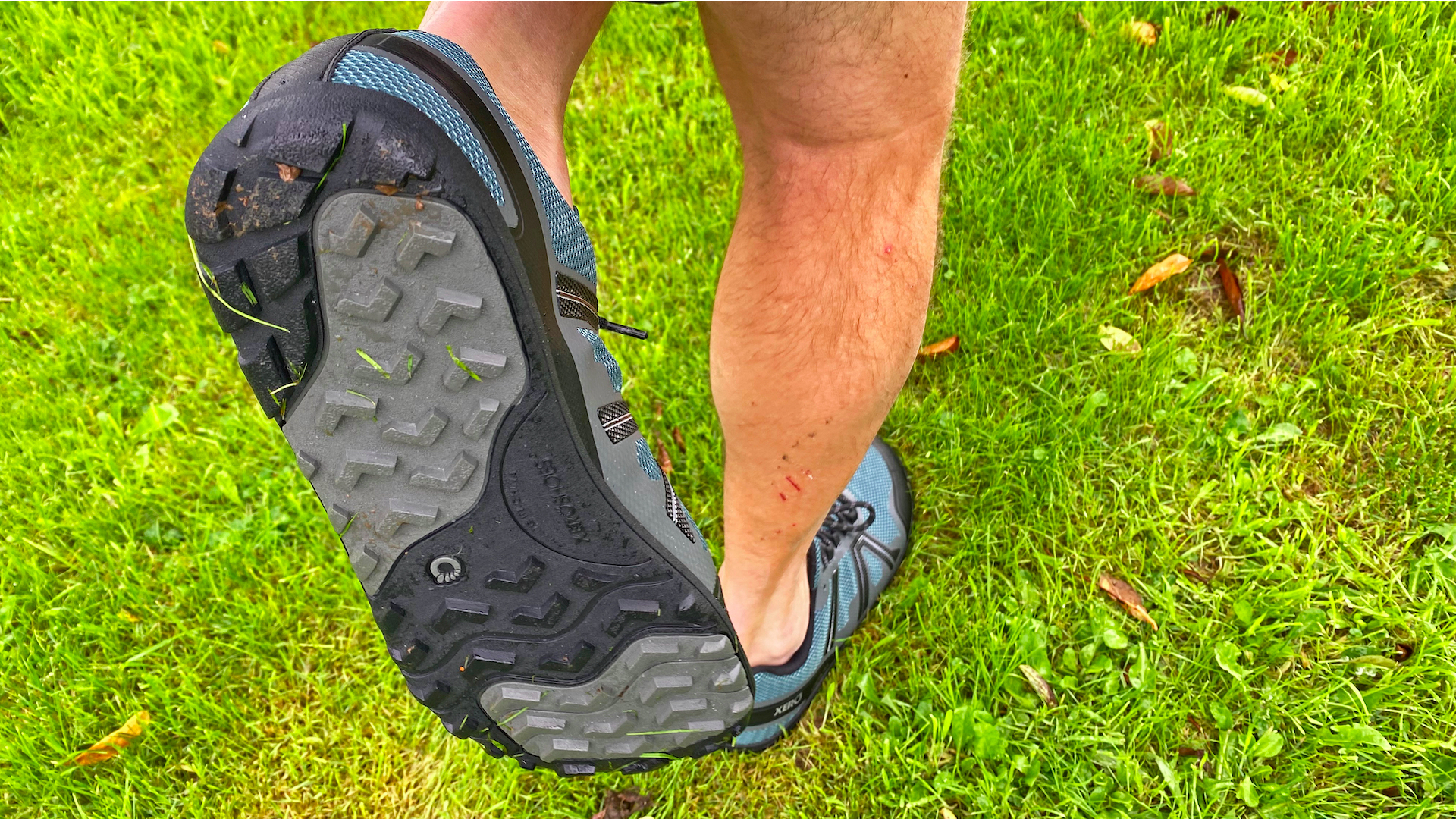
On the plus side, the grip supplied by the toothy outsole is excellent in gloopy terrain. I always felt completely confident that the chevron lugs on the outsole would keep me from slipping and sliding during descents, and provide traction when I was climbing, even in the muddiest of conditions, and the Xero Mesa Trail WPs didn’t let me down once on that front (but, of course, I could have worn the cheaper non-waterproof version of the shoe and enjoyed the same security).
The 5mm chevrons are made from hard rubber, which means they will last the distance, but they can lead to skidding on smooth wet surfaces such as wooden bridges and fallen tree trunks. They’re also fairly uncomfortable when running on hard-packed or sealed surfaces, when it feels as though you’re tottering around on studded boots – but they’re not designed for use on this sort of terrain, so stick to the soft stuff.

Author of Caving, Canyoning, Coasteering…, a recently released book about all kinds of outdoor adventures around Britain, Pat has spent 20 years pursuing stories involving boots, bikes, boats, beers and bruises. En route he’s canoed Canada’s Yukon River, climbed Mont Blanc and Kilimanjaro, skied and mountain biked through the Norwegian Alps, run an ultra across the roof of Mauritius, and set short-lived records for trail-running Australia’s highest peaks and New Zealand’s Great Walks. He’s authored walking guides to Devon and Dorset, and once wrote a whole book about Toilets for Lonely Planet. Follow Pat’s escapades on Strava here and Instagram here.
